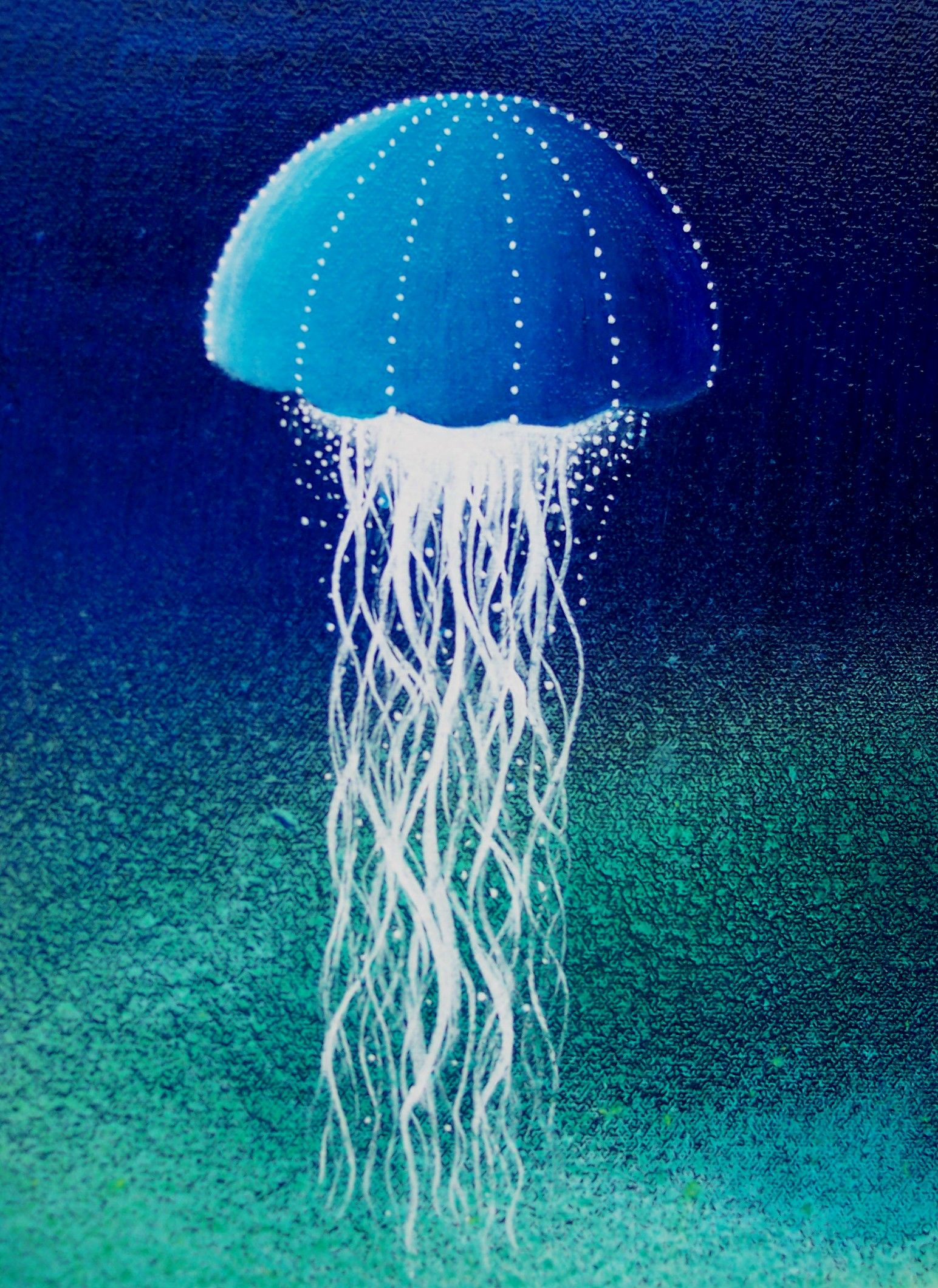Many marine inhabitants are fun to capture on video. But as curious onlookers and scuba diving fanatics, we should continually expand our diving terrain in order to encounter some of the most enchanting wonders of the deep.
Seahorses have always amazed me. They can easily be described as tiny prehistoric creatures of the sea, and encounters with them certainly don’t happen on every dive. There are some interesting facts about these animals that set them apart. In a gender switcheroo, it’s the male seahorse that carries eggs that are deposited directly into its pouch by the female seahorse. And because these creatures do not have a stomach, their appetite forces them to continually feed on tiny floating crustaceans. So far, just over 50 species of seahorses have been identified – the first one was discovered back in 1969. Look closely at this creature and you’ll see that its body is formed by scale-less skin stretched across an interconnecting set of bony rings. Since seahorses swim slowly, their camouflaged bodies are the only way for them to keep safe from predators. Divers enjoy watching seahorses move in and out of the seagrass in their natural environments. But it’s a sad fact that the animals are frequently removed from their ocean homes to be used for traditional Chinese medicine and kept as a novelty item in aquariums. Thankfully, in 2004, several seahorse species received international protection.
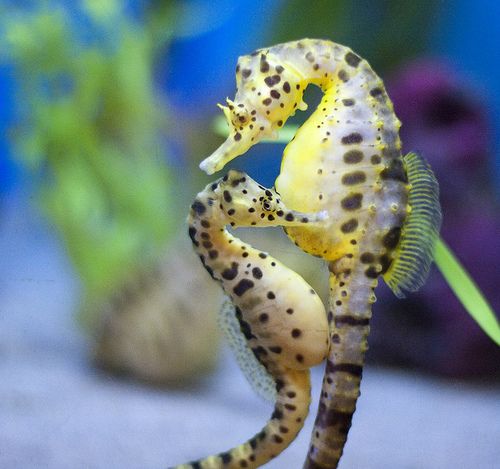
The octopus is another bizarre creature that keeps divers heading below the water’s surface just to catch a glimpse. Octopuses seem to be more frequently seen on night dives, but you’ll encounter them during the daytime, too. Octopuses are almost magical in the way that they can release one of their arms in the case of an emergency attempt to escape a predator. The good news? The limb grows back in no time as if the animal’s body were never disfigured. With so much more to their makeup than what meets the human eye, octopuses have three hearts and blue blood. While they’re not enormous creatures, some can be quite large. And one of the wonders of nature is watching an octopus squeeze through a hole the size of your fingernail. We can sometimes get up close and personal with this interesting creature, but some octopuses require a larger berth than others. The blue ringed octopus is probably one of the most beautiful creatures in the ocean, and also one of the most dangerous. The animal’s tiny size belies a body filled with enough venom to kill 30 humans in just half an hour. And there is no anti-venom at this time to counteract the effects of becoming a victim of this deadly octopus. The moral of the story? You’re best off admiring these beauties from afar.
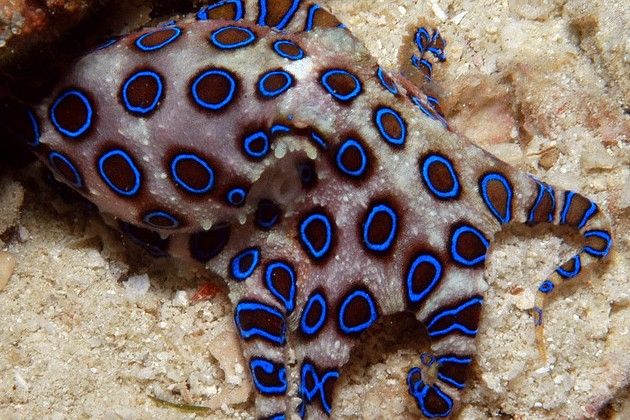
The starfish is another dazzling marine animal. Starfish have no eyes and no brains, so they are fully dependent on their nervous systems to respond to stimuli. These echinoderms have what look like microscopic eyes at the end of each of their arms, which help them distinguish between light and darkness. And seeing starfish maneuver across the ocean floor is well worth a photograph or two.
A fish that you will hardly ever see in person but that certainly deserves some attention is the chimaera. This is a cartilaginous fish that uses its snout to search out prey via an electric current it emits on the sea floor – much in the same way humans would use a metal detector on the beach, in fact!
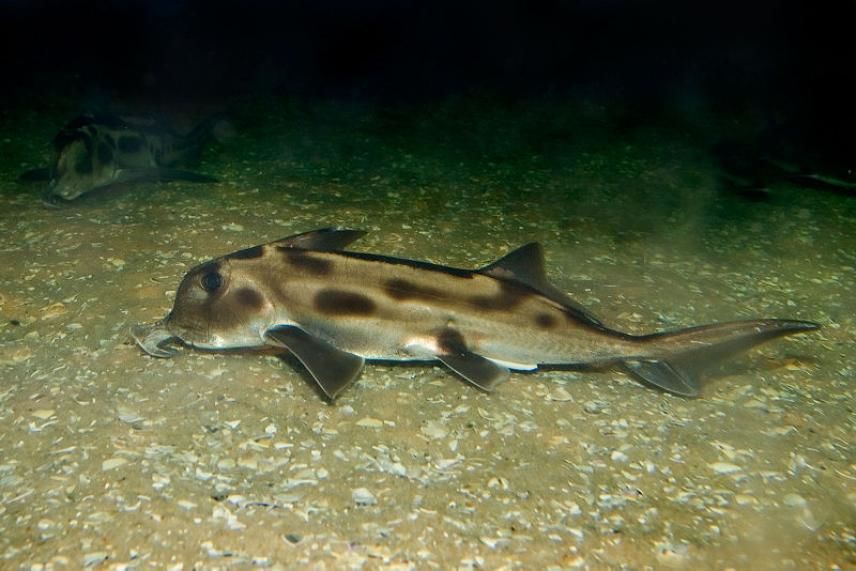
During certain times of the year, we keep an eye out for the dreaded but intriguing jellyfish. Their beauty may astound, but their stings can be deadly. Jellyfish are 95 percent water, which explains their jelly-like consistency. Some can grow almost eight feet across and have tentacles that stretch half the length of a football field. These creatures pre-date the dinosaurs; the first jellyfish appeared more than 650 million years ago. They can be colorful or clear and have just a few tentacles or a lion’s mane full of them, depending on the species. Like starfish, jellyfish have no brain and no central nervous system – but they do have a loose network of nerves, which can be very beautiful to view from a safe distance.
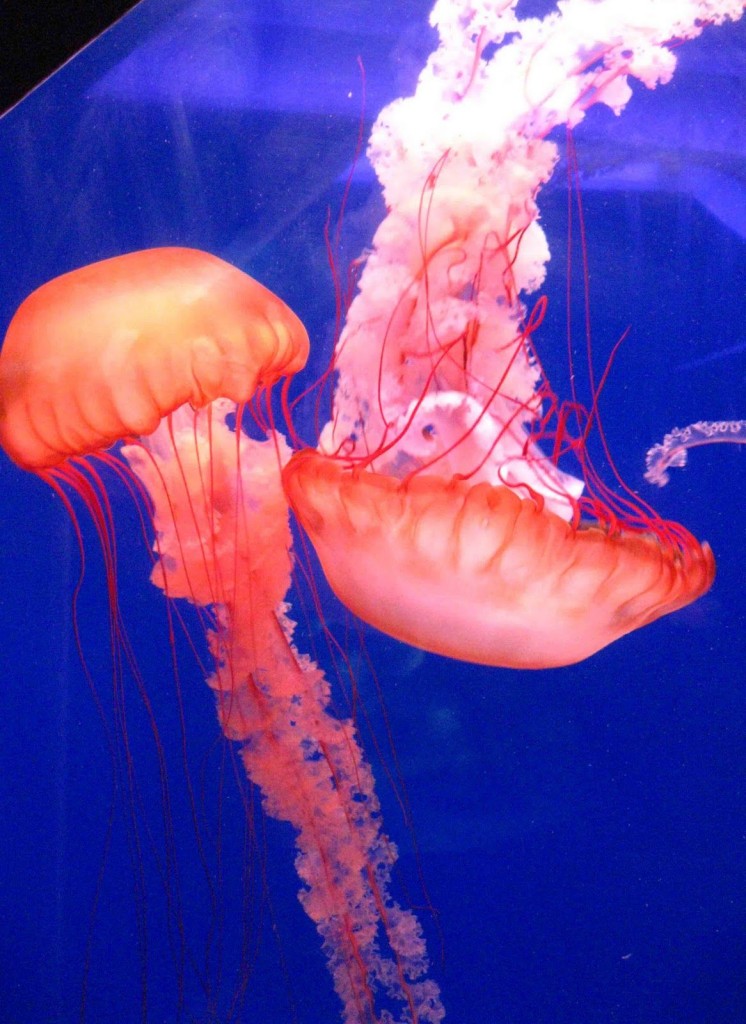
Any diver or snorkeler who’s come upon a Christmas tree worm knows how captivating this odd creature can be. Much like a child reaching for a piece of candy, as soon as you stretch a finger to examine what looks like a miniature Christmas tree – poof! It immediately closes up, in the blink of an eye. This is the animal’s mechanism against its fear of approaching danger. The branches or feather-like tentacles of the worm filter plankton for food, and the Christmas tree-like thing you see sticking up from the hole the worm lives in is actually its main breathing apparatus. With their bright colors and lightening speed reflexes, it’s no surprise that Christmas tree worms are popular subjects for underwater filming.
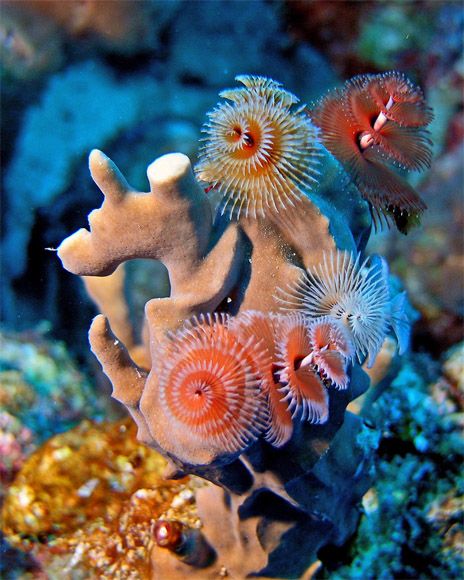
The list of astonishing and unusual life in the world’s oceans is endless. And no matter how many times you head down to dive, you’ll always come upon something new to spark your curiosity. Sea dragons, hatchetfish, mandarin fish, furry sea cucumbers and all kinds of snails and squids are just a few of the fascinating creatures that go about their business beneath the sea. It’s a world worth exploring over and over – and one of the many reasons that scuba diving is such an enjoyable pursuit.
by Hope Wilkos


